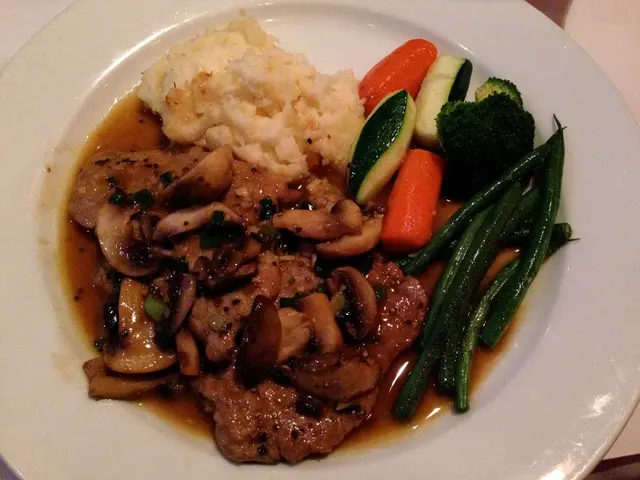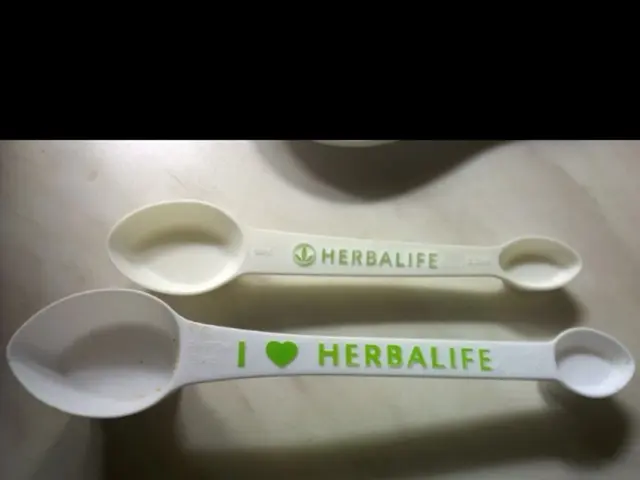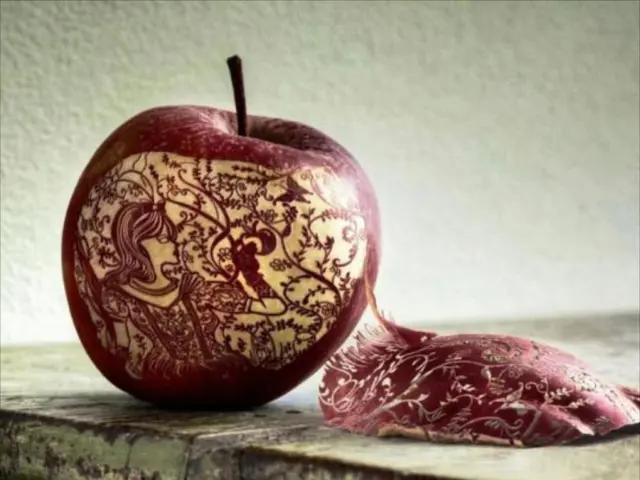Clothing-Induced Mechanical Trauma and Chronical Nipple Fissures: Friction and Continuous Fabric Abrasion
In the world of breastfeeding and sports, nipple fissures can be a common issue. These tiny cracks or cuts in the nipple skin, often caused by constant friction, can cause discomfort and pain.
For breastfeeding mothers, persisting or uncomfortable nipple fissures should prompt a visit to a healthcare professional. Infection, whether bacterial or fungal, can exacerbate or create new fissures, and it's essential to address these issues promptly.
Prevention is key, and here are some tips:
- Adopting a correct latching technique is crucial.
- Dress in loose, soft, breathable clothing to reduce friction and irritation.
- Clean and apply lanolin cream to the nipples to keep them moisturized and protected.
- Avoid using irritating soaps or perfumes, and choose protective fabrics.
- Use barrier protection, find the right fit for clothing and bra, modify latch positions, and use shields if necessary.
- Regularly moisturize the skin to keep it supple and resistant to cracking.
In addition, it's important to avoid picking at the scabs to allow the skin to heal properly. Pain relief can be found in over-the-counter pain medication, while topical treatments like aloe vera or medicated creams can help reduce swelling and aid in healing.
In severe cases, nipple fissures may require medical intervention, such as prescription creams or antibiotics, to ensure proper healing.
In the athletic community, nipple fissures, often known as "jogger’s nipple," are common due to friction between the nipple and clothing during physical activity. To prevent this, athletes should consider the following:
- Wear breathable, moisture-wicking fabrics such as cotton, merino wool, or cycling-specific microfibers. Synthetic fabrics like polyester and nylon should be avoided as they retain sweat and increase irritation.
- Choose clothing with seamless or protective features like silicone/gel strips to provide extra protection against friction.
- Apply barrier creams or lubricants like Vaseline to reduce friction.
- Avoid alcohol-based skin products that dry out and irritate the skin.
By following these tips, both breastfeeding mothers and athletes can reduce the risk of nipple fissures and maintain comfortable, healthy skin.
[1] Source: American Pregnancy Association [2] Source: La Leche League International [3] Source: Mayo Clinic [4] Source: Runner's World
- In the realm of health-and-wellness, maintaining good skin care is crucial, especially for breastfeeding mothers and athletes, who might experience nipple fissures due to constant friction.
- Mental health is vital for overall well-being, and it's essential to seek help if discomfort or pain persist due to nipple fissures, which can impact both breastfeeding and fitness-and-exercise routines.
- Science, backed by organizations like the American Pregnancy Association, La Leche League International, Mayo Clinic, and Runner's World, has shown that proper nutrition plays a significant role in skin health and can help prevent nipple fissures.
- Women's health encompasses various aspects, such as mental health, nutrition, and physical fitness. A balanced wellness routine that includes self-care practices like skin-care regimens, mental health management, proper nutrition, and fitness-and-exercise routines can help minimizing the risk of nipple fissures.







